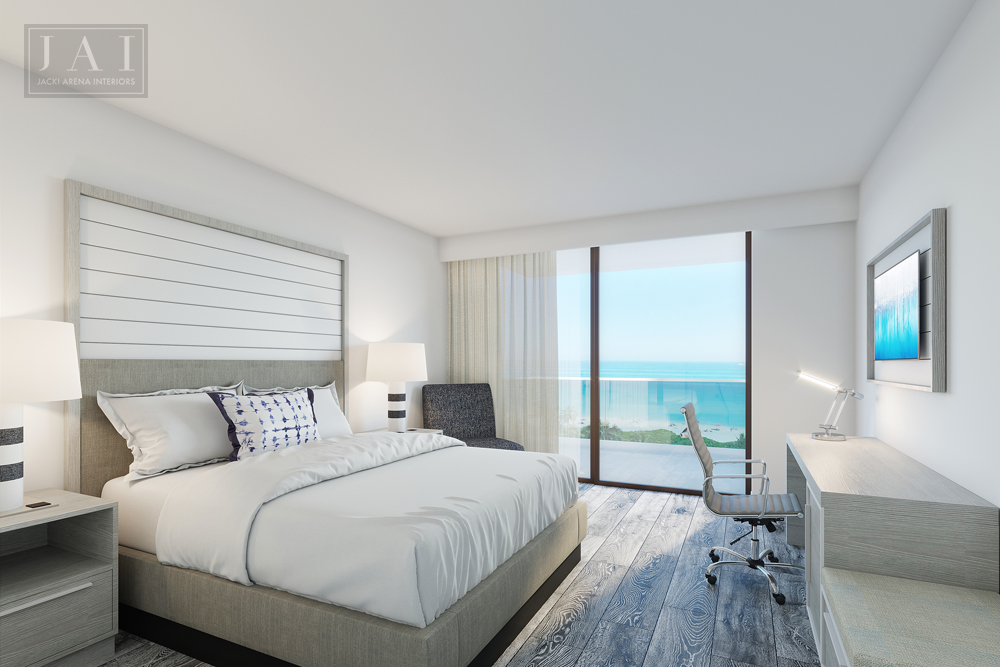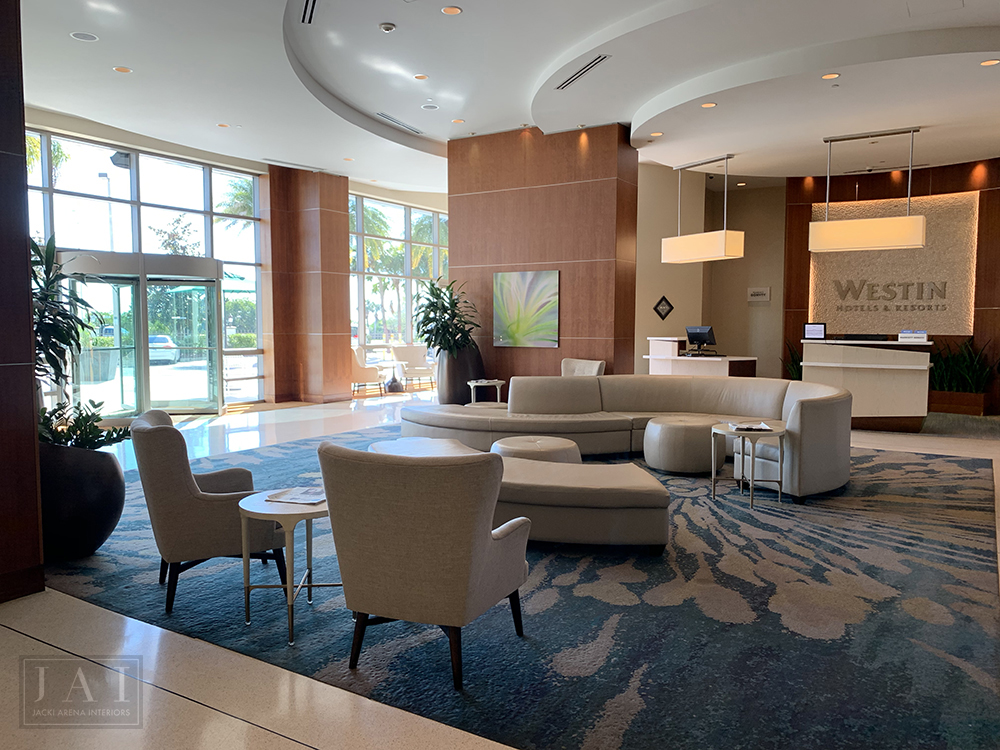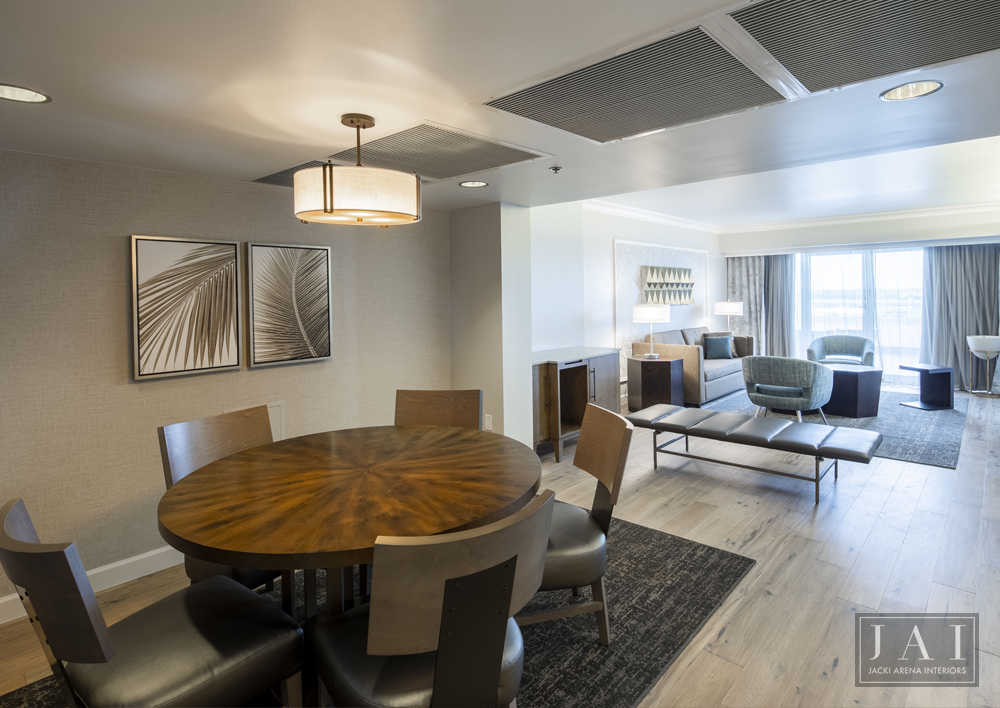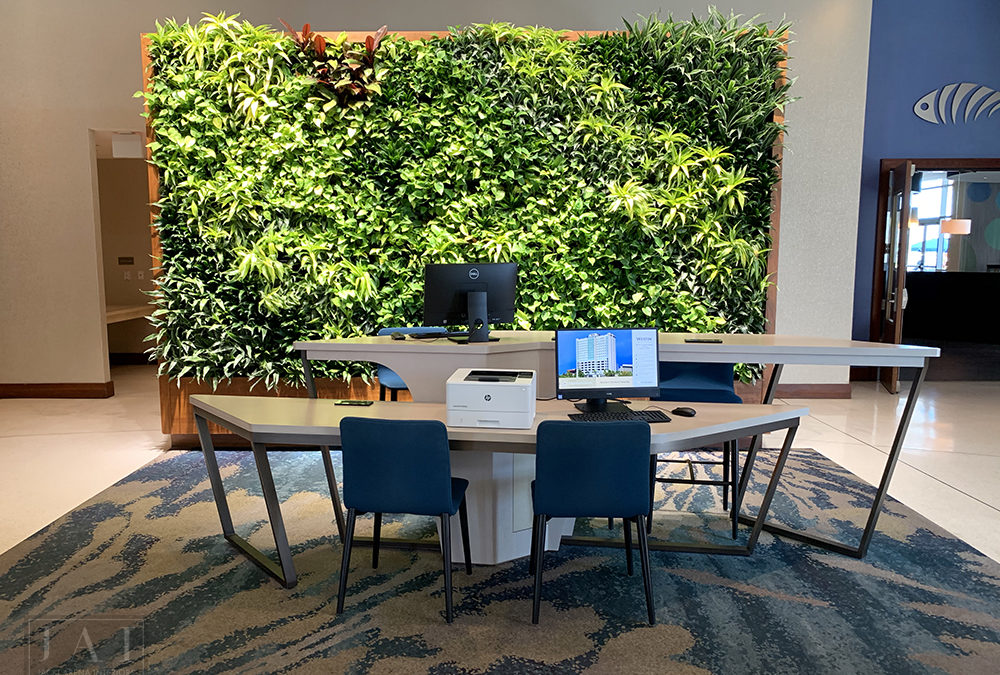Is Biophilic Design Changing the Hospitality Industry?
As we look ahead to the new year, we have an opportunity to study emerging trends in the hospitality industry. Recently, a transformation has begun to change the way people think about their spaces—at home, at work, and when they travel. There’s a new generation of travelers that have unique tastes, desires, and preferences.
And there is one notable growing design development that merits our attention.
It is the trend toward incorporating more nature into spaces and understanding how biophilic design can benefit a person’s health, mood, and overall experience.
What is Biophilic Design?
Biophilia means “the love of nature” and focuses on how people and nature interact and connect with one another. It’s about bringing the outdoors inside, in a seamless and inspiring way. Both designers and hoteliers are integrating the principles of biophilic design into schematic plans to meet the changing expectations of guests. It centers on the idea that the great indoors should mimic the great outdoors to improve people’s mental and physical well-being. Research has shown that natural light, plants, trees, water, and other forms of nature can reduce stress, help improve focus, and even increase immunity.
At the simplest level, biophilic design means plants–and lots of them. Yet, for interior designers who work in the hospitality industry, it has many more implications than just hanging houseplants near a window.
5 Ways Biophilic Design Can Be Implemented
It’s not surprising that hotels are incorporating elements of nature to help their guests feel more relaxed.

1: Greenery
Plants can provide visual and acoustic privacy as well as craft a tranquil, soothing aesthetic. Some hotels are incorporating a green wall into their common areas. Also known as a living wall or vertical garden, it is partially or completely covered with greenery that includes a growing medium, such as soil, water or a substrate. When they’re used inside, living green walls frequently act as a three-dimensional, living piece of artwork, providing an aesthetic component that is also an added health element.

2: Water
Biophilic interior design can incorporate beautiful water features into interior spaces. Water is one of the most versatile and mysterious elements of nature, and hotel guests are attracted to fountains, indoor water gardens, pools, aquariums, and water walls. Sounds of softly trickling water have even replaced background music in some hotels because the sounds of water help guests release their stress the moment they walk through the doors.
3: Design Lines
In biophilic design, many common elements that typically use straight lines are exchanged for unique pieces that curve, bend, or lack symmetry. As there are few straight lines in nature, hotels are embracing curved lines in their guest services desks or using more artisan-crafted furniture that mimics nature. Instead of every room having matching sets of chairs and desk lamps, the selections may each be unique and varying, as a reflection of the complexity found in nature, where every leaf and snowflake is created differently.

4: Natural Light
Sunlight is one of the easiest, most affordable and stunning elements used in biophilic design. Natural lighting can make any room come alive. Not only does it highlight pops of color in fabrics and furnishing, but it also makes the human spirit feel healthy and inspired. Large windows and skylights create a sensory stimulation that has a positive effect on a guest’s mood and overall experience.

5: Patterns of Nature
Although organic bedding is trending, not every element of biophilic design comes directly from nature. Sometimes elements of design just mimic natural patterns in wallcoverings, carpets, flooring, and draperies. A traditional hospitality environment includes a constant temperature, many of the same colors, and the same textures, but if a hotel is using the outdoors as their design inspiration, then all those things vary. That variegation is part of the complex design schematic that hospitality interior designers must take into consideration.
Biophilic Design is a Trend That Adds Value
All hoteliers can see the revenue impact of biophilic inspiration even if they have not committed to redesigning their spaces. They need only to look at the price differentials between rooms that overlook the ocean and rooms without an ocean view. On average, the room with an ocean view is priced significantly higher than the non-ocean view room. This is a simple way of seeing the practical value of biophilic design. People are willing to pay more to see and experience the beauty of nature.
And maybe for good reason.
The World Health Organization expects stress-related illnesses, such as mental health disorders and cardiovascular disease, to be the two largest contributors to disease by 2020. With a diminished connection to nature, the increasing pressure on urban space, and the infiltrating technological presence, humans are taking less opportunity to recuperate our mental and physical energy.
As hotels are beginning to purposefully design spaces that blur the boundaries between indoor and outdoor areas, they are working to provide guests with a sense of wellness and relaxation. Creating an overall guest experience of joy and refuge will keep guests coming back. Biophilic design is truly Design that Makes a Difference.



